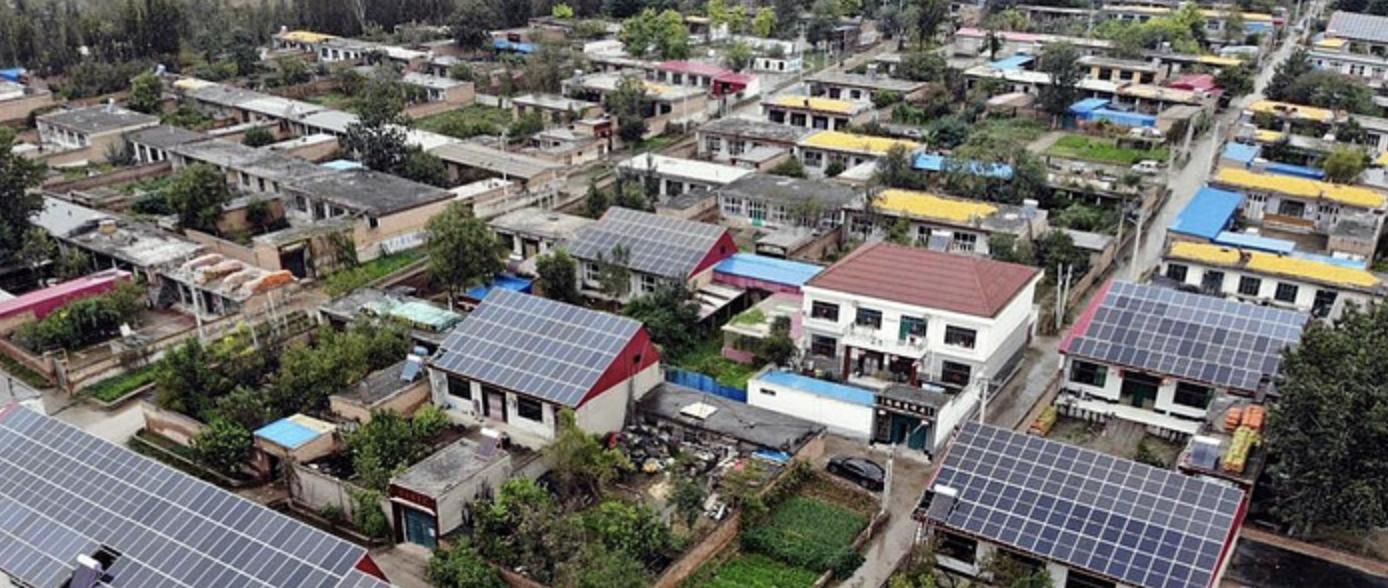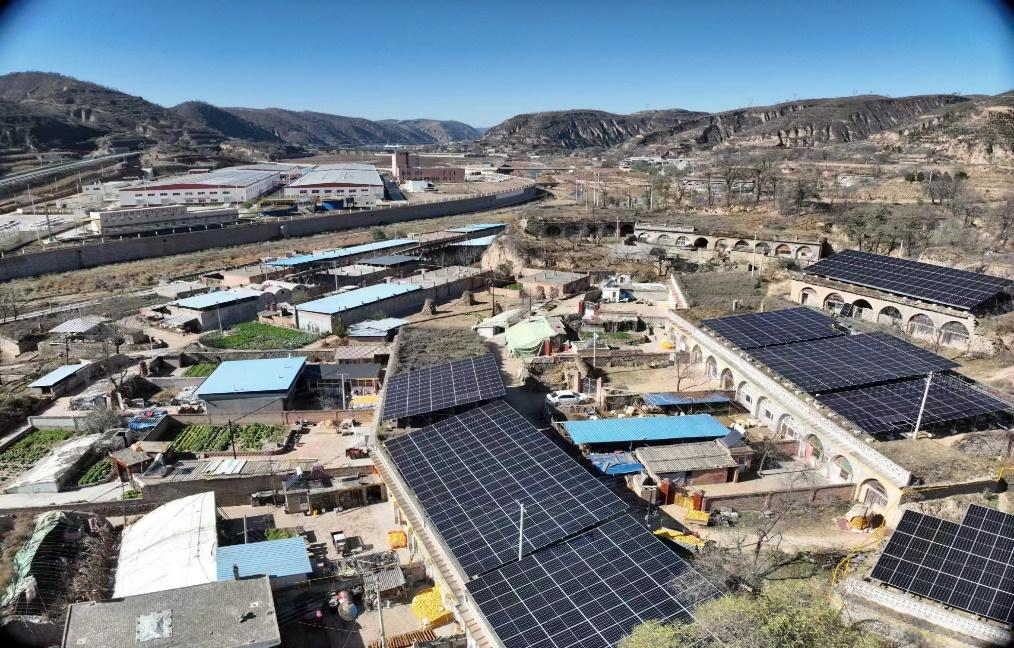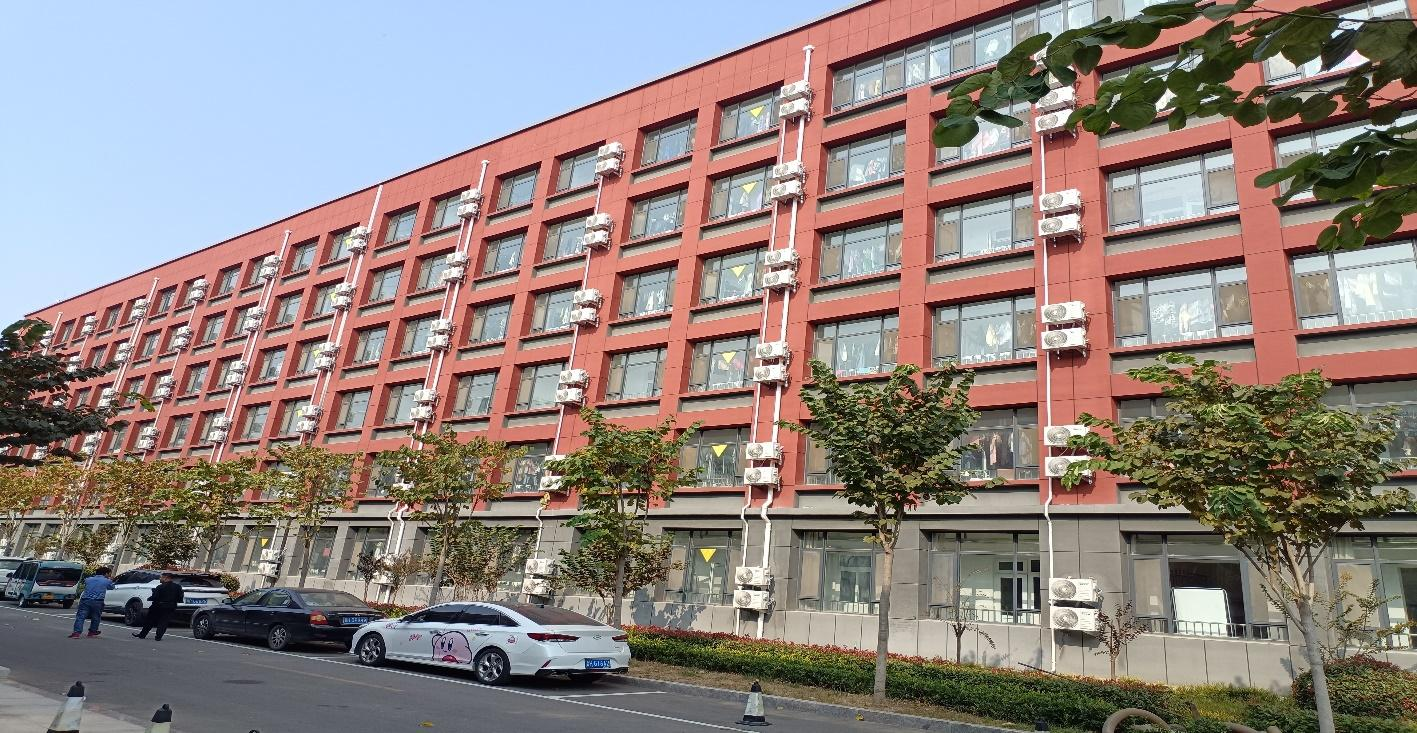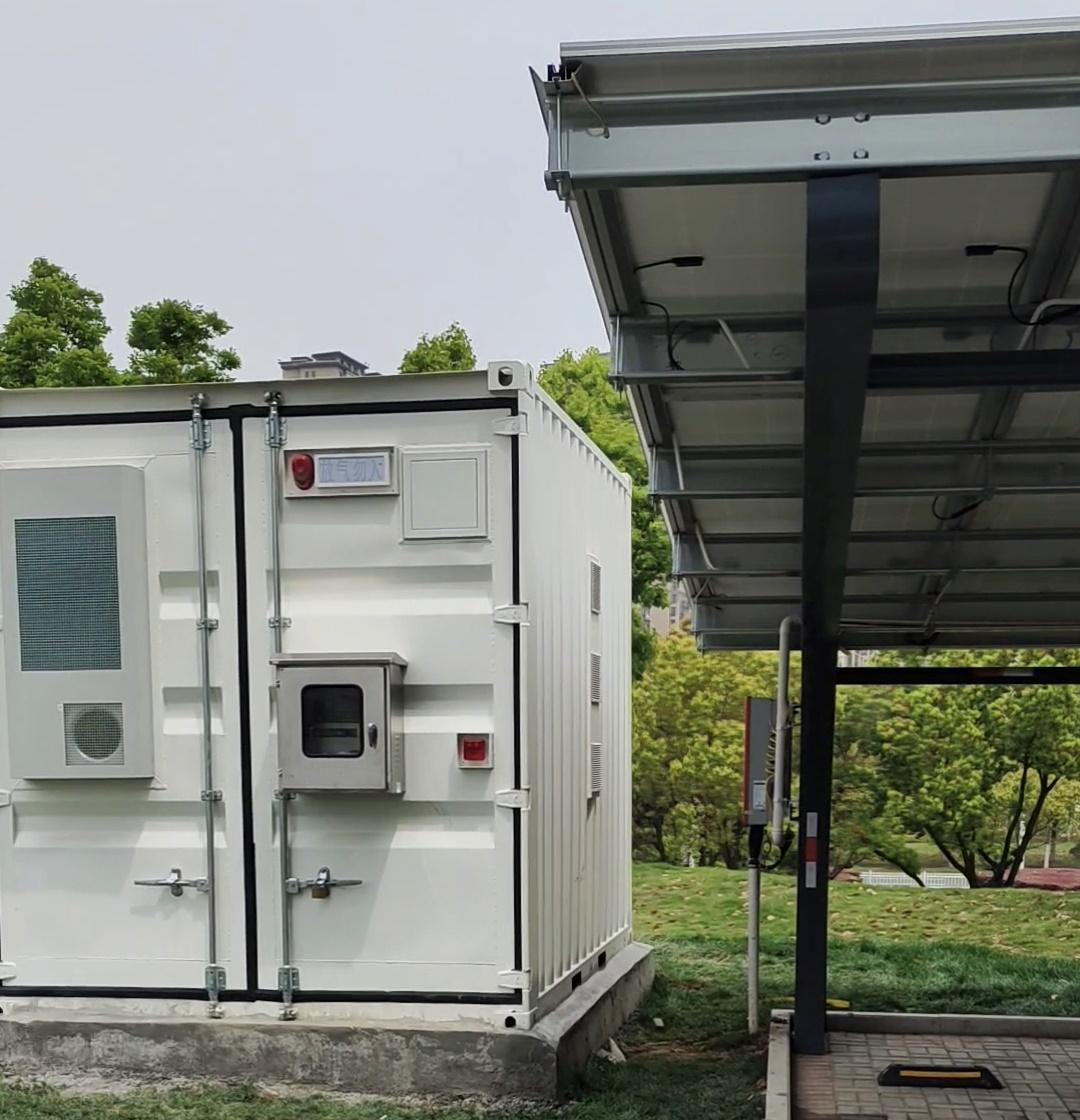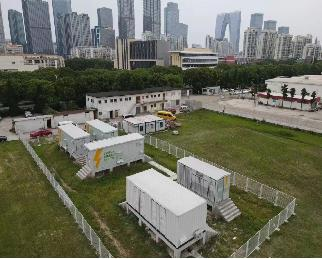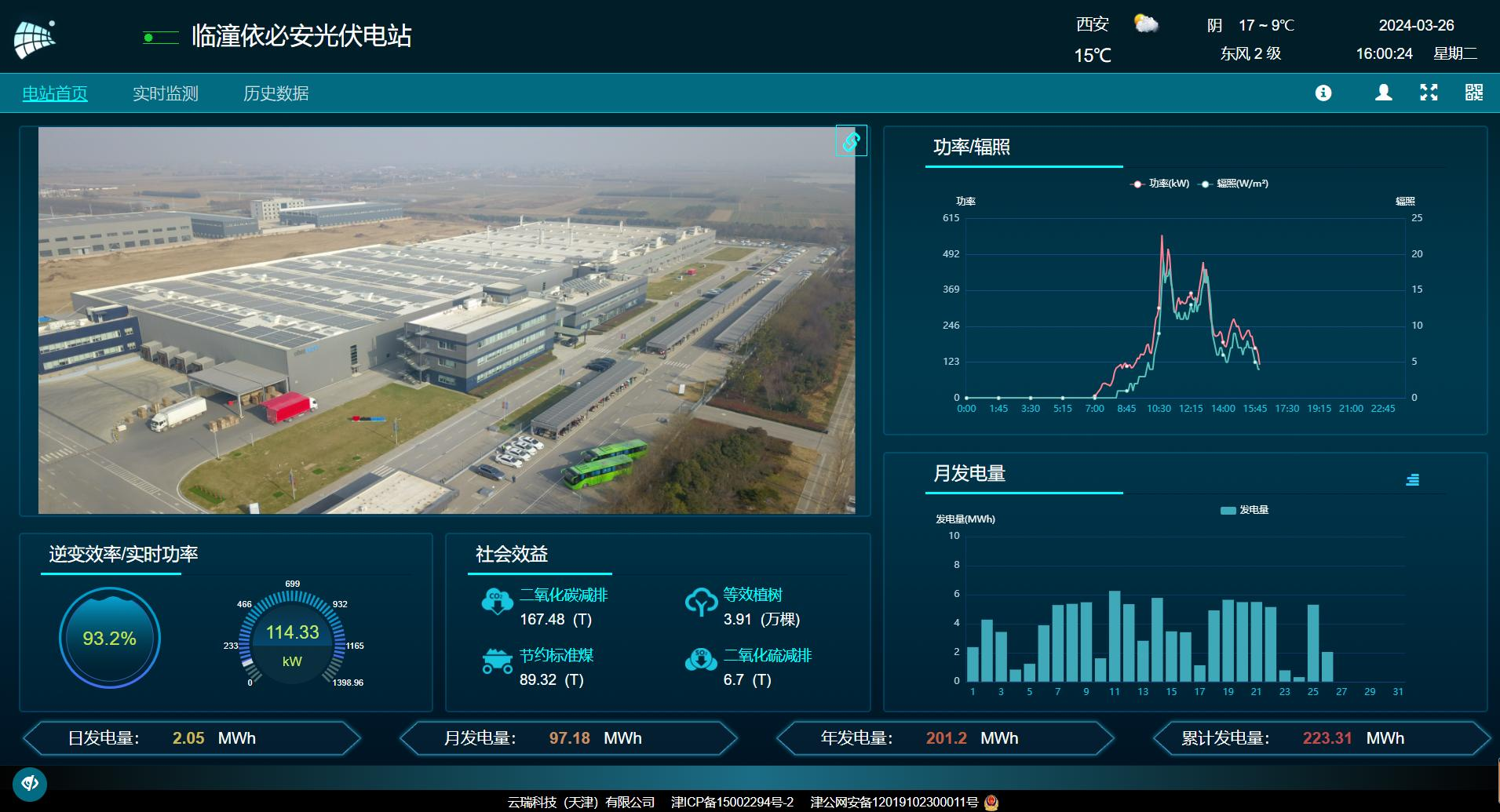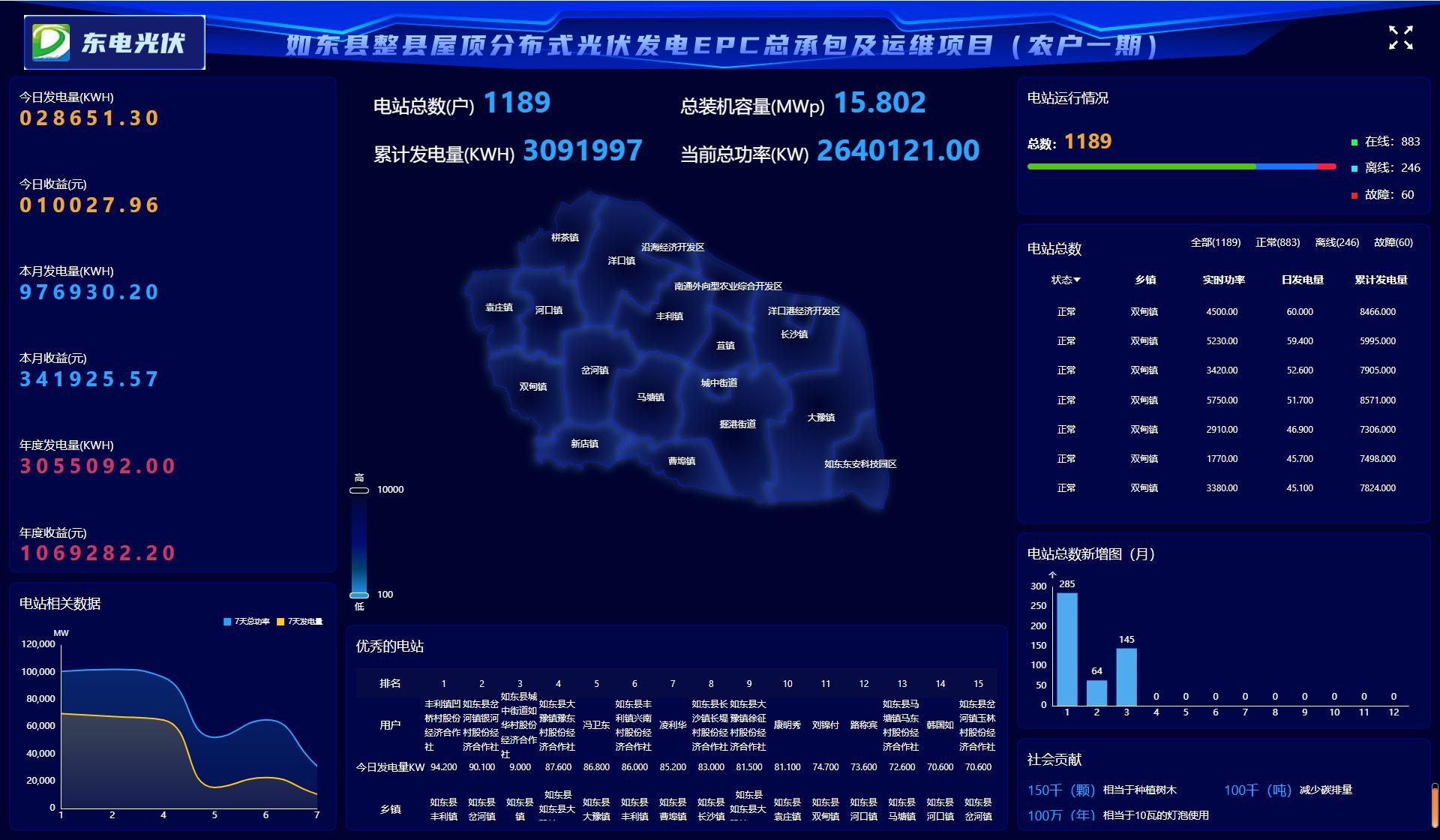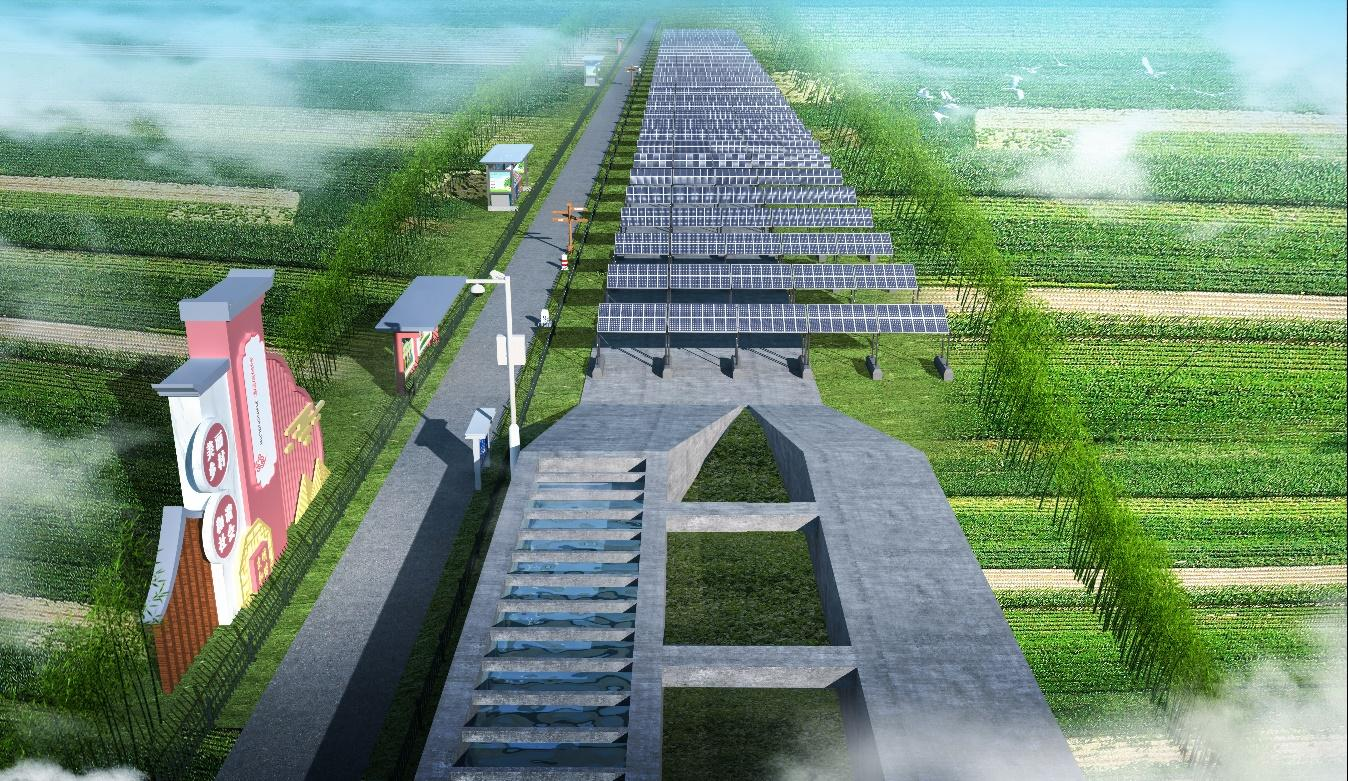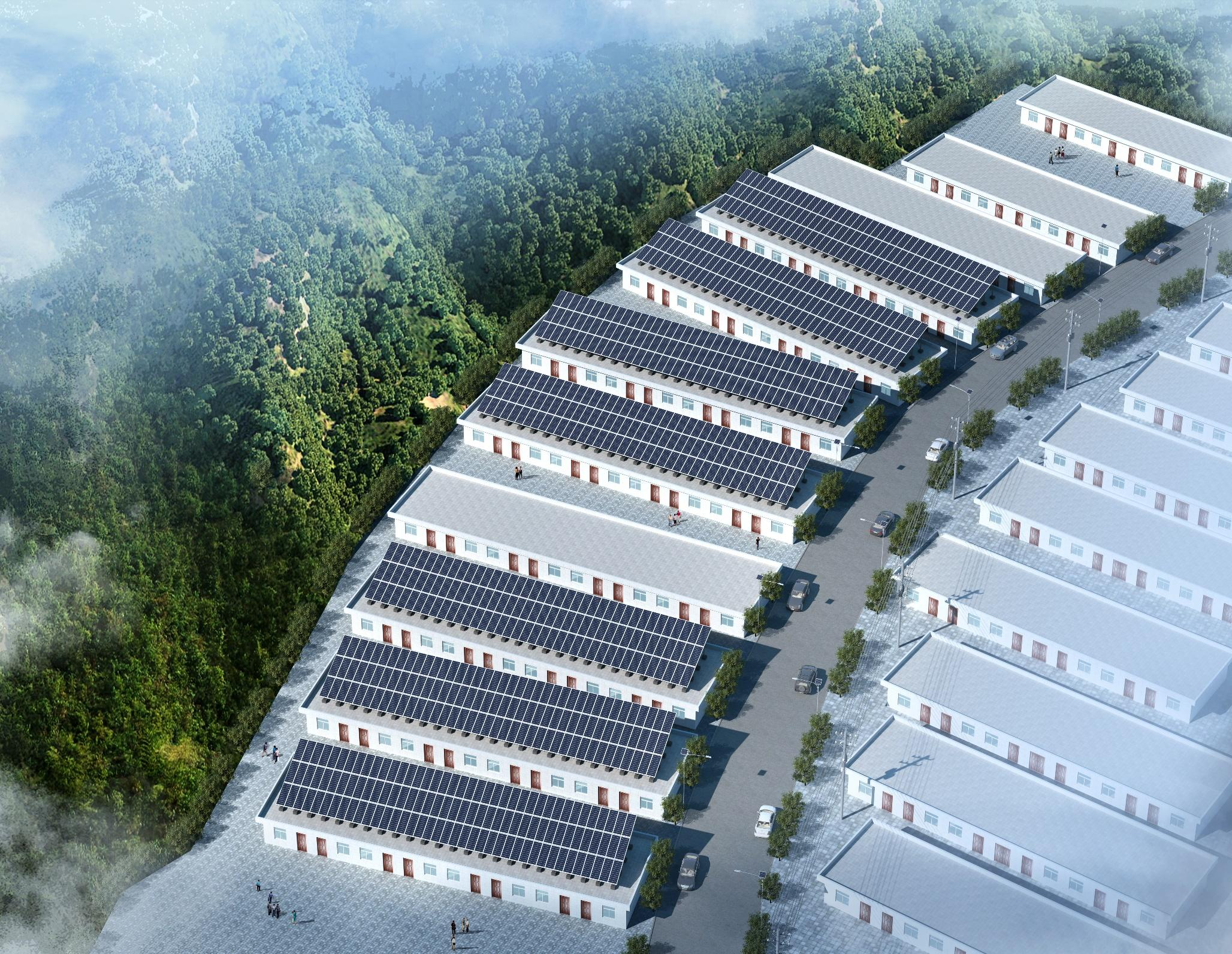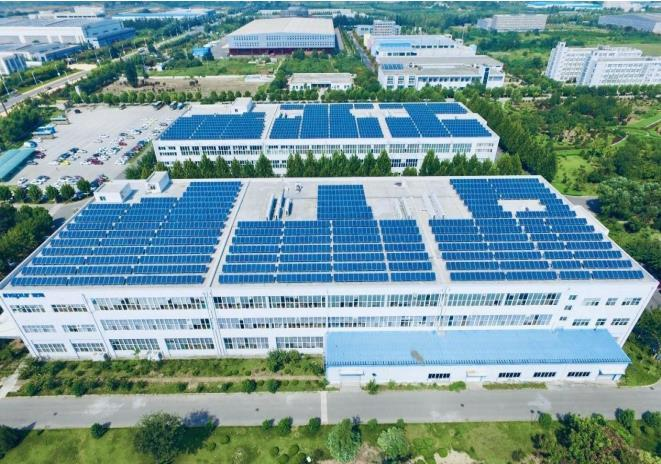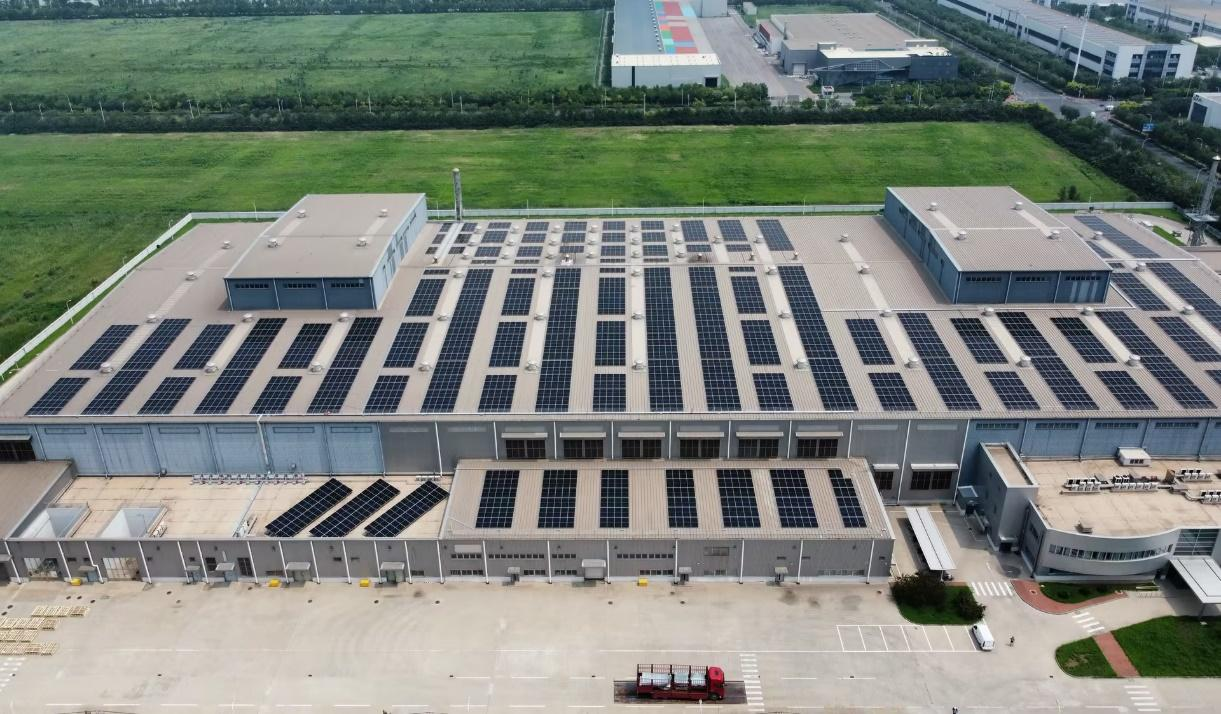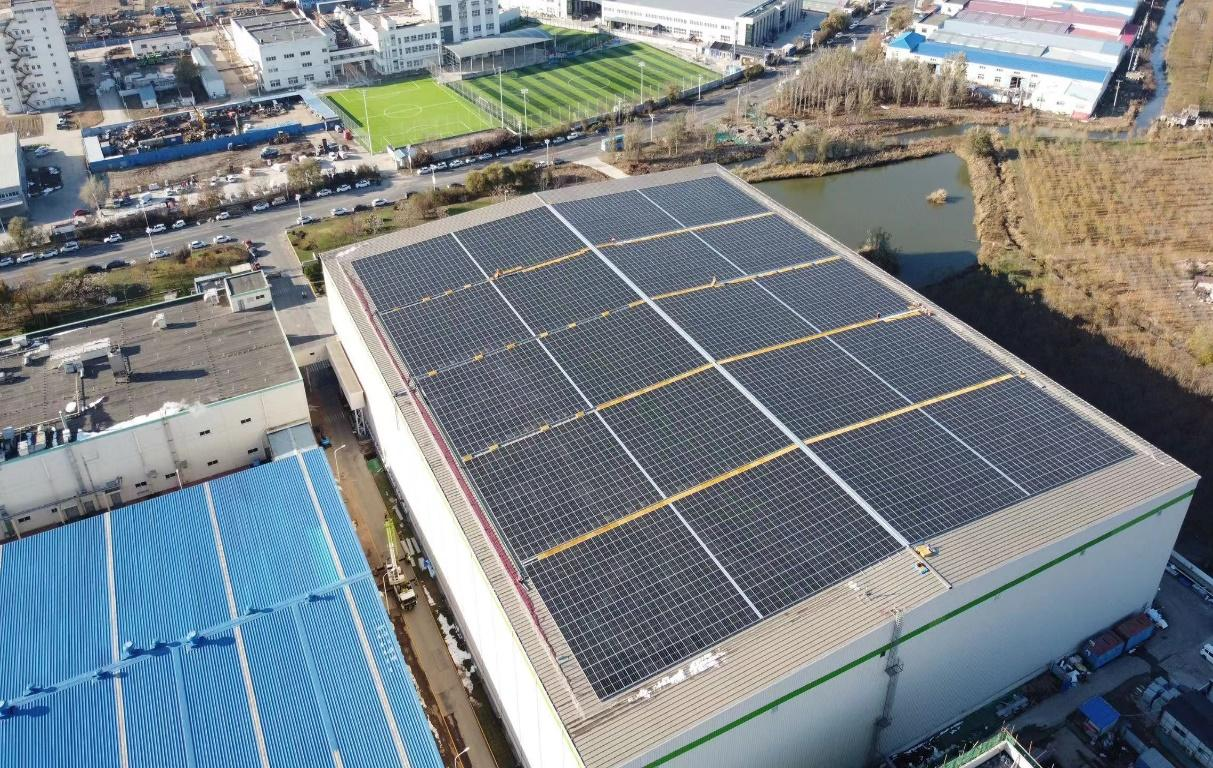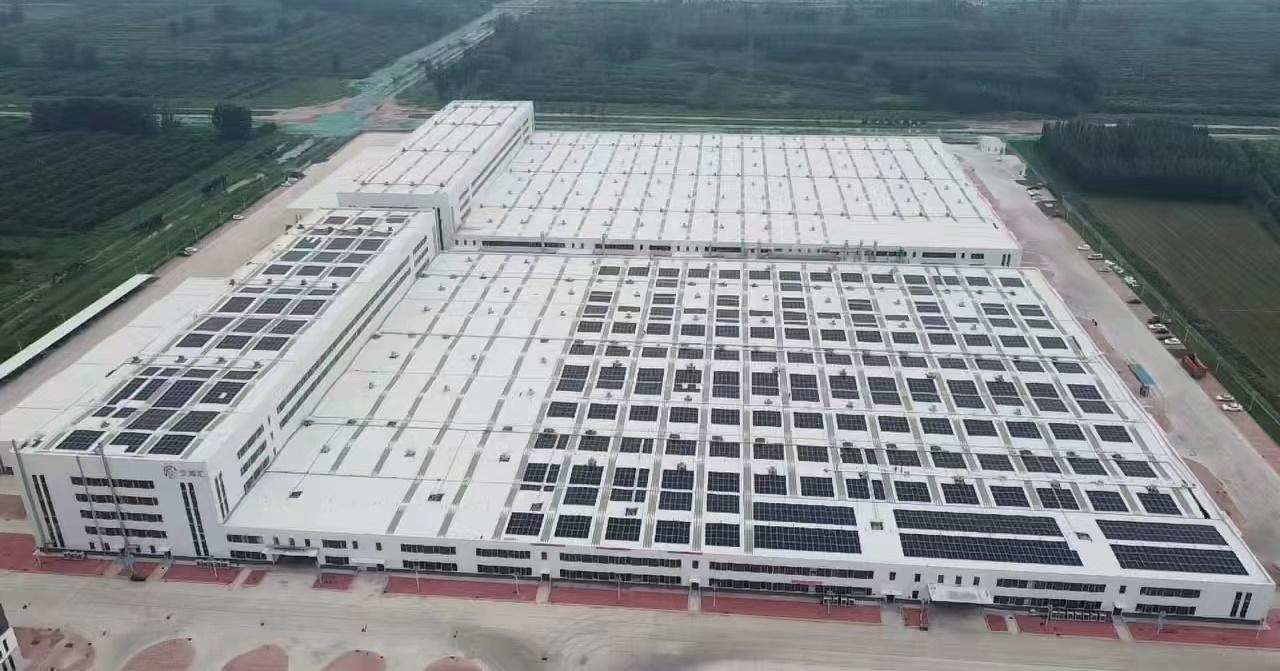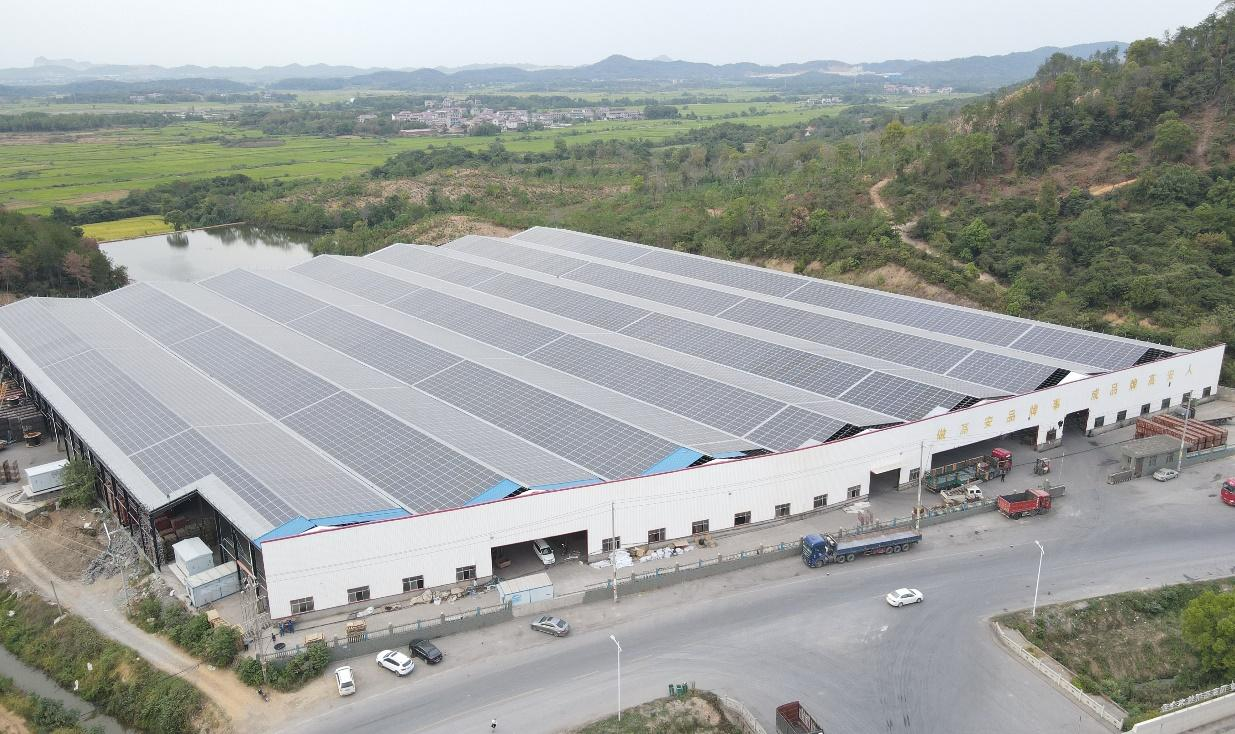Wedoany.com Report-Nov 13, A consortium has submitted a 70 GW solar and wind project proposed for Western Australia’s Goldfields–Esperance region to the state government for environmental approval.
The international consortium behind the proposed Western Green Energy Hub (WGEH), a 70 GW renewable energy generation and green hydrogen production facility proposed for Western Australia’s southern coastline, has lodged its application with the state’s Environmental Protection Authority (EPA) for approval.
The WGEH, a joint venture proposal of Hong Kong-based developer InterContinental Energy, Europe-headquartered CWP Global, and WA’s Mirning Green Energy, is to comprise 70 GW of solar and wind generation, up from 50 GW as previously planned, developed in stages to power electrolyzers to produce green hydrogen for both domestic consumption and export.
The developers plan to install up to 60 million PV panels spread across 35 solar farms slated for more than 22,000 square km in southeastern Western Australia. The project will also feature up 3,000 wind turbines, ranging from 7 MW to 20 MW.
These generation assets will be arranged into ‘nodes’, each comprising about 2 GW to 3 GW of solar and wind renewable power, with an approximately 1.5 GW hydrogen electrolyzer sited centrally within each node.
The developers said that when fully developed, the project could annually generate more than 200 TWh of renewable energy, “dependent upon the mix and size of its wind and solar farms.”
“This is similar in magnitude to Australia’s current total generation and provides a major opportunity for domestic and international green fuel supply, and ultimately domestic power distribution,” the proponent said.
The developers said the low-cost clean energy could be used for a “multitude of applications,” including the potential to produce approximately 3.5 million tons of green hydrogen per year for use locally, regionally and internationally. Green ammonia is proposed as the base case for product export.
Other components of the project include data centers, workshops and fabrication facilities, a workers’ village capable of accommodating up to approximately 8,000 residents, and an infrastructure corridor to the coast.
The coastal and offshore components comprise a marine offloading facility, desalination plant, brine pipeline and an ammonia (or other vector) export pipeline.

